Gardening enthusiasts in Zone 2 know the challenges of cultivating herbs year-round due to the region's harsh winters.
But, don't fret! This guide will help you transform your kitchen into a vibrant herb oasis.
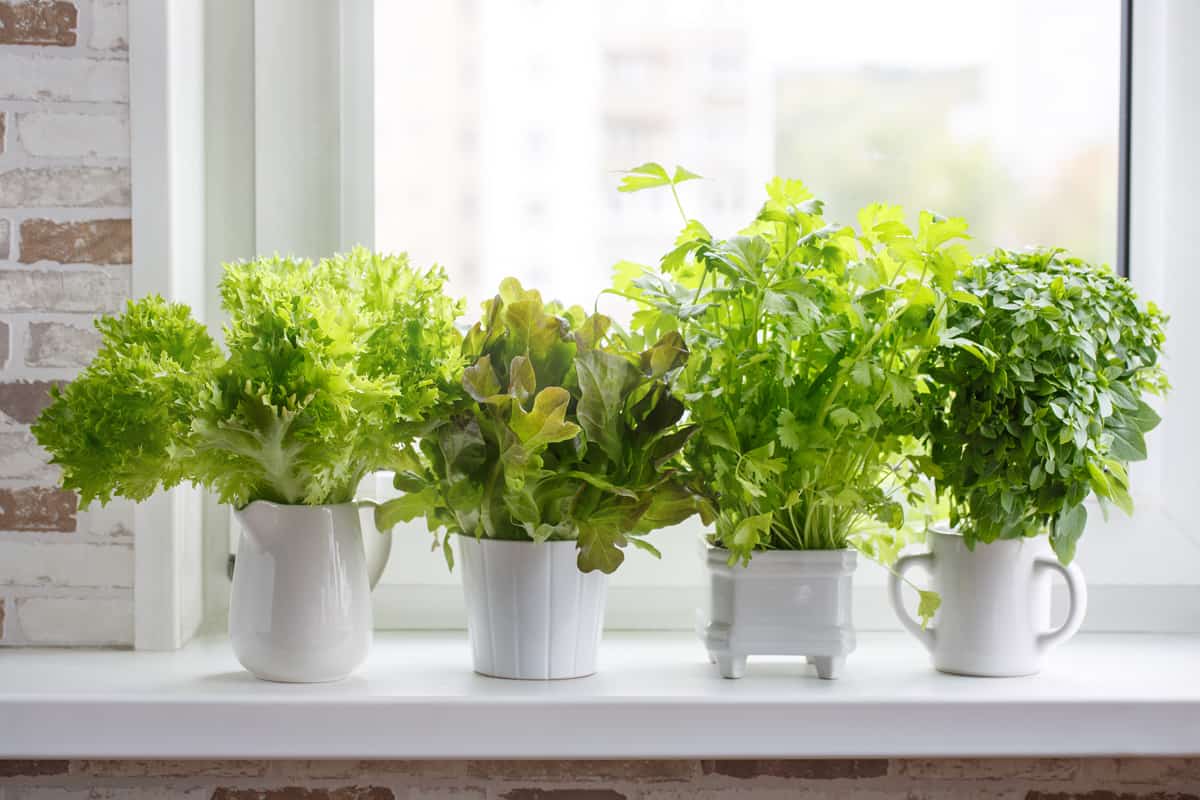
One key to success with indoor herb gardens is selecting the right herbs.
Many popular choices, like basil, mint, and oregano, can thrive in containers, while others, such as rosemary and thyme, may need special attention due to their natural habitat preferences.
Read on below as we share tips on which herbs grow well indoors and how to care for them properly.
With this guide, you can start growing your herbs today and have them all year round, no matter the season.
Why Grow Indoor Herbs in Zone 2
Growing indoor herbs in Zone 2 offers you numerous benefits.

First, you can enjoy fresh, aromatic, and flavorful herbs enhancing the taste of your meals all year round.
Additionally, having an indoor herb garden can save you money by reducing the amount you spend on store-bought herbs.
Indoor herbs not only serve as a source of fresh ingredients but also add an aesthetic appeal to your living space.
Moreover, many herbs have air-purifying qualities, contributing to a healthier living environment by improving indoor air quality.
Top Year-Round Indoor Herbs for Zone 2
Growing herbs indoors is an excellent way to enjoy fresh flavors throughout the year, especially in colder climates like Zone 2.
Here are some of the best herbs to grow indoors in your kitchen garden:
Basil
Basil is a favorite among cooks for its versatile flavor and aroma.

To grow basil indoors, start with seeds or cuttings and provide them with well-draining soil and a sunny windowsill with at least six hours of sunlight per day.
Make sure to prune the plant regularly by pinching off the growing tips to encourage bushy growth and prevent flowering, which can diminish the flavor.
Water basil when the top layer of soil feels dry, and be extra careful not to over-water as this can cause root rot.
Mint
Mint is a refreshing herb that thrives in containers, making it an ideal choice for indoor gardening.
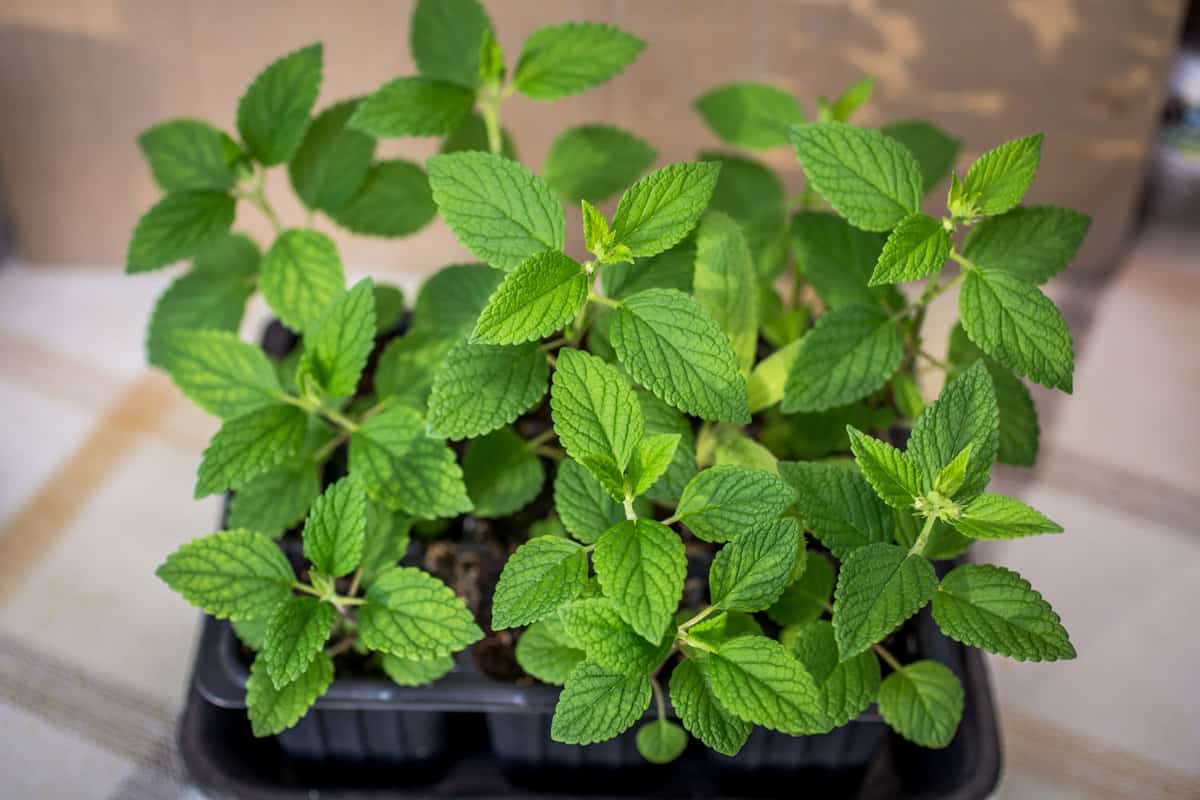
Choose a pot with drainage holes and fill it with a well-draining potting mix.
Place the container in a location with indirect sunlight; too much direct sunlight can scorch mint leaves.
Keep the soil consistently moist, but avoid over-watering. Mint can be quite invasive, so it is a good idea to plant it alone in its container.
Parsley
Parsley is a classic herb with a mild, earthy flavor.
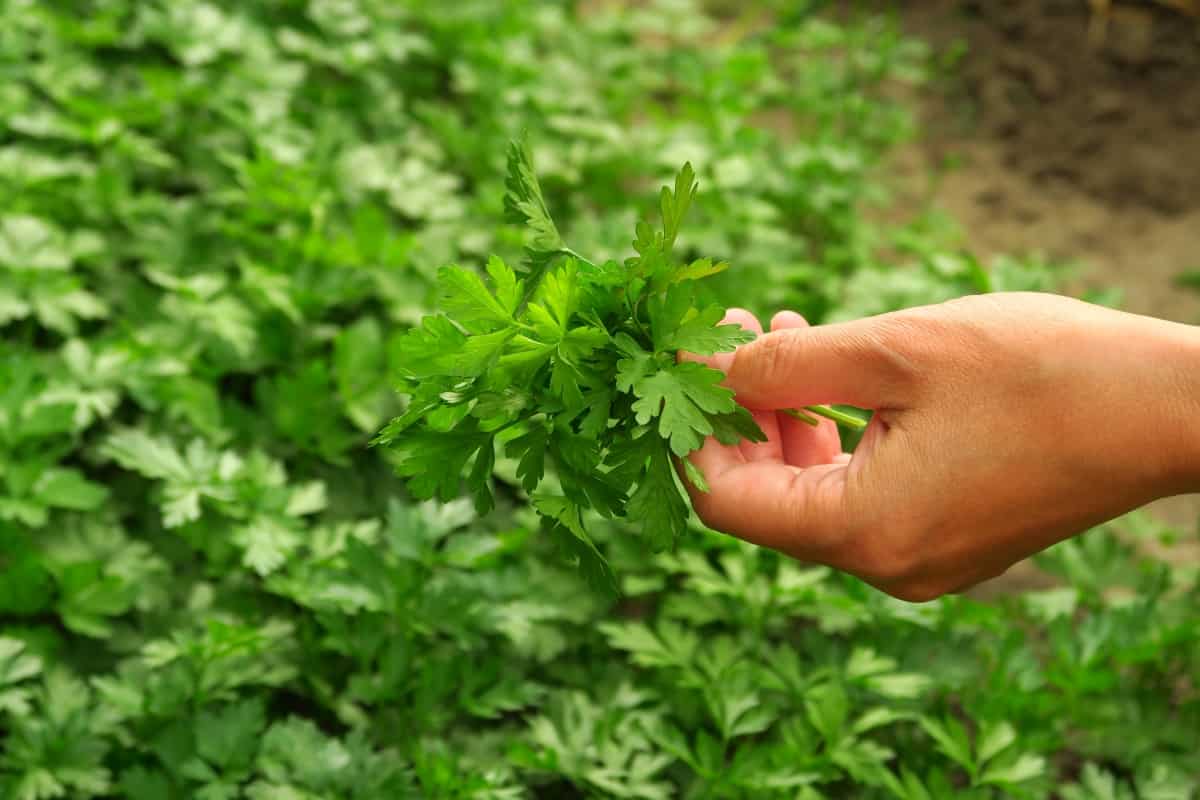
Grow it from seeds or transplants in a well-draining potting mix, and provide it with a bright windowsill that gets at least six hours of sunlight per day.
Allow the soil to dry slightly between waterings, and remember that parsley has a long taproot, so be sure to choose a deep pot to accommodate its growth.
Cilantro
Cilantro is a popular herb with a fresh, citrusy taste and versatile applications.

Plant cilantro seeds directly in a container with drainage holes and well-draining soil.
Position the pot in a spot with at least six hours of sunlight daily.
Be careful not to over-water, and be aware that cilantro is a fast-growing herb and may bolt quickly, producing flowers and seeds.
To prolong its life, try harvesting leaves regularly and trim flower buds before they have a chance to bloom.
Chives
Chives are an easy-to-grow herb with a mild onion flavor, perfect for adding a burst of freshness to your dishes.
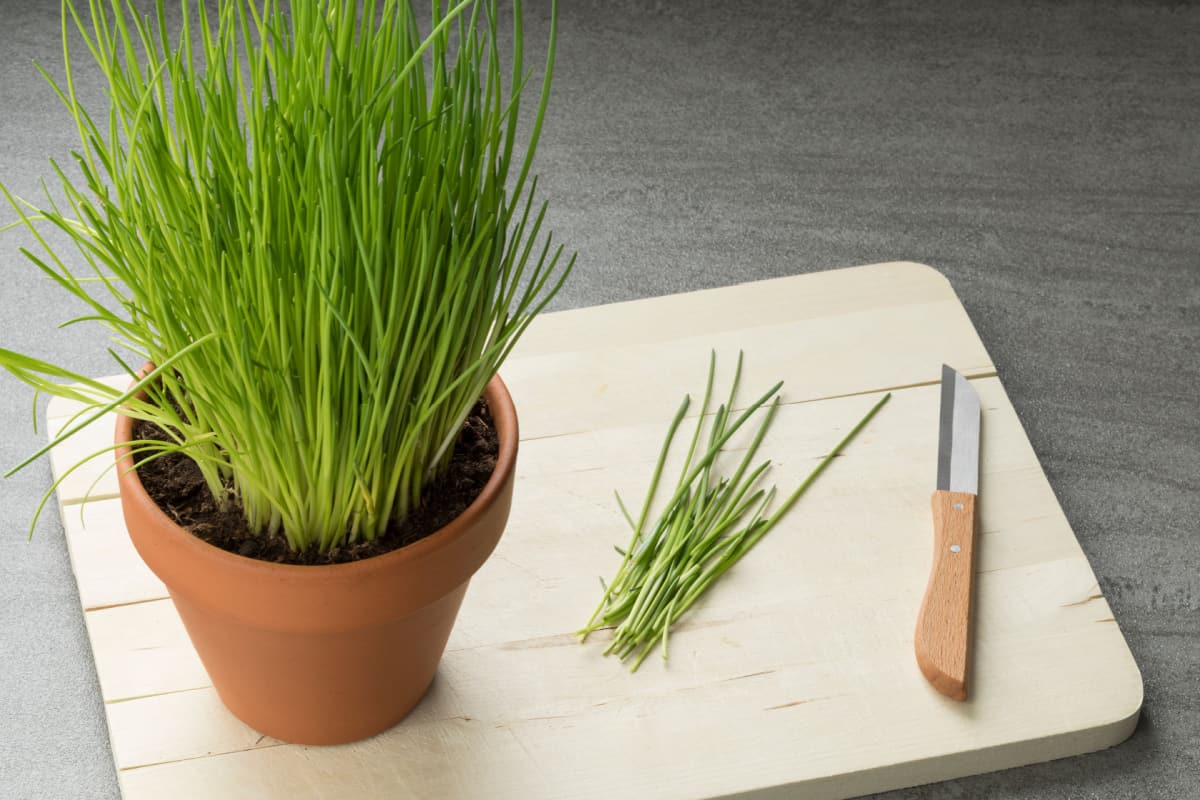
Start chives from seeds or small plants, and place them in a pot with well-draining soil and a sunny windowsill.
Chives need at least six hours of sunlight per day to thrive. Keep the soil consistently moist, but avoid over-watering.
Regularly harvest chives by snipping the leaves at the base of the plant; your chives will continue to grow back, providing you with a continuous supply of fresh herbs.
Challenges of Growing Herbs Indoors
Living in Zone 2 means you need to be more resourceful in meeting the growing requirements of your plants.
Here are the challenges you will face when growing herbs indoors and possible solutions to the predicament.
Lack of Sunlight
Growing indoor herbs in Zone 2 can be challenging due to the limited sunlight available, especially during the colder months.
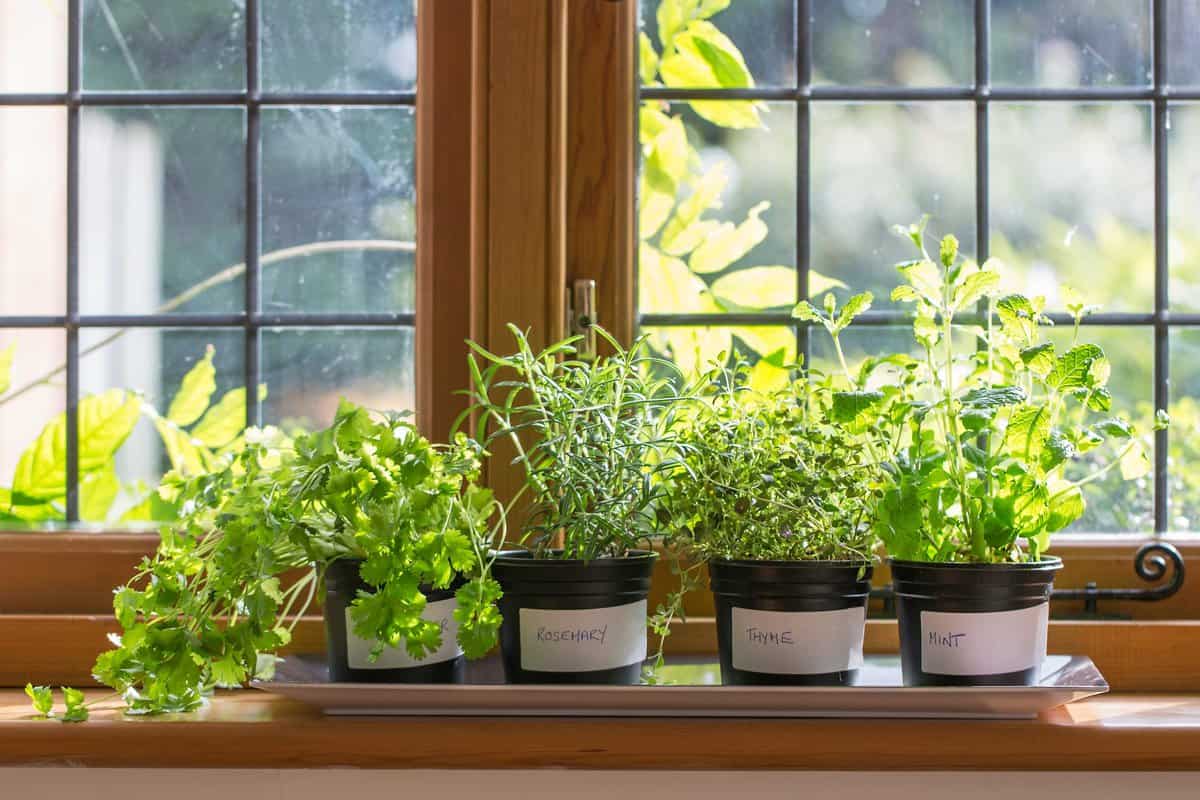
How can you ensure your herbs receive at least six hours of direct sunlight daily?
The University of Maryland Extension recommends providing at least six hours of sunlight per day or using fluorescent lights if natural light is insufficient.
Ensuring adequate light and proper watering is also crucial for these hearty plants to flourish.
Proper Watering
Overwatering or underwatering can lead to issues with your indoor herbs.
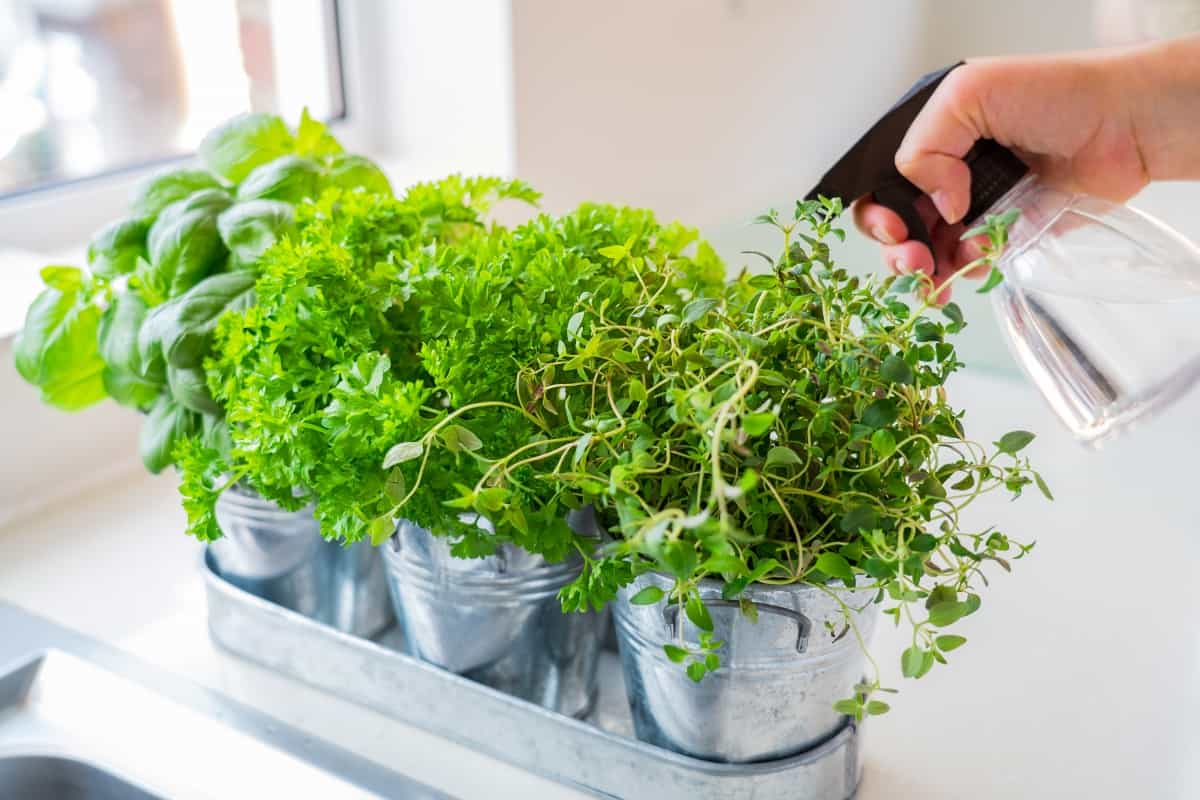
Maintain a consistent watering schedule, making sure the soil is neither too dry nor too wet.
Certain herbs like bay, marjoram, oregano, sage, and thyme should dry out slightly between waterings.
Use containers with drainage holes and a suitable potting mix to avoid overwatering.
Temperature and Humidity
Maintaining proper temperature and humidity levels is essential for your indoor herb garden.
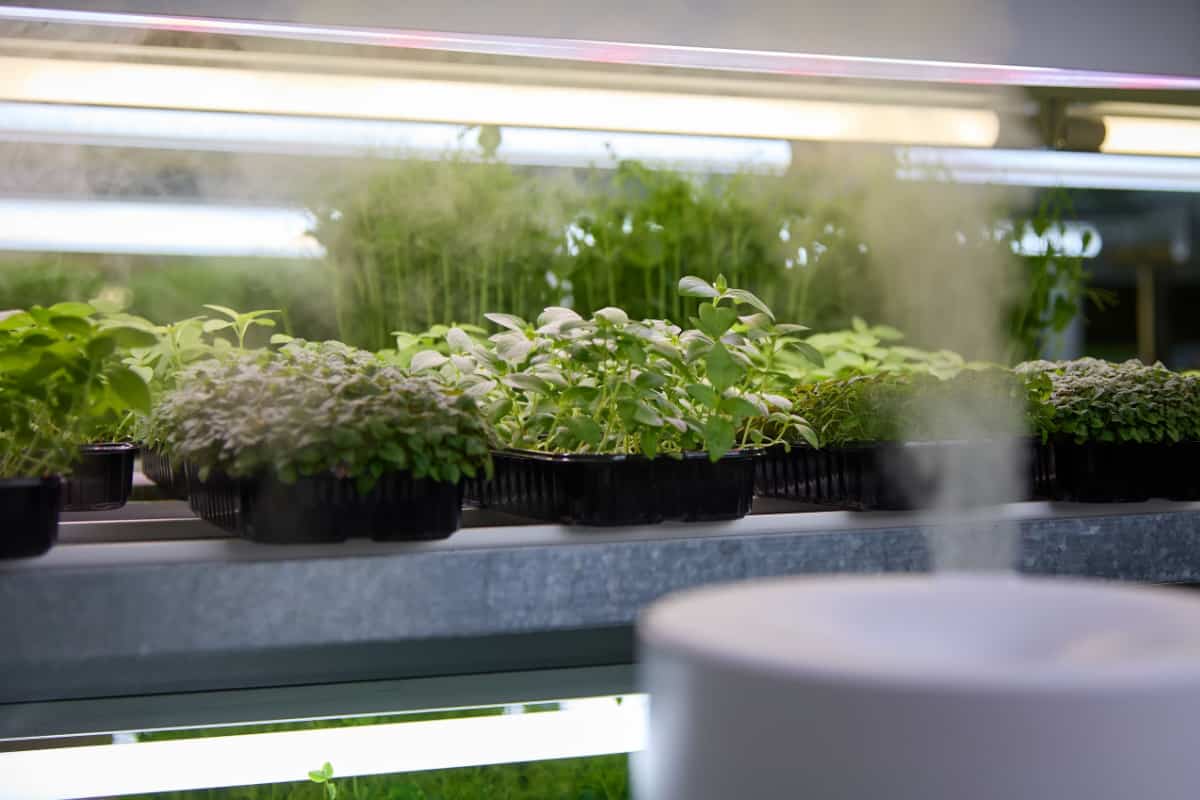
Aim for a consistent room temperature and mist your herbs daily or place them on a tray of moistened pebbles to increase humidity.
Remember to monitor their progress and adjust their care routine accordingly to ensure a bountiful, fragrant harvest throughout the year.
Setting Up Your Indoor Herb Garden
Now that you know the basics, you're set to start creating your indoor herb garden. Here are the steps.
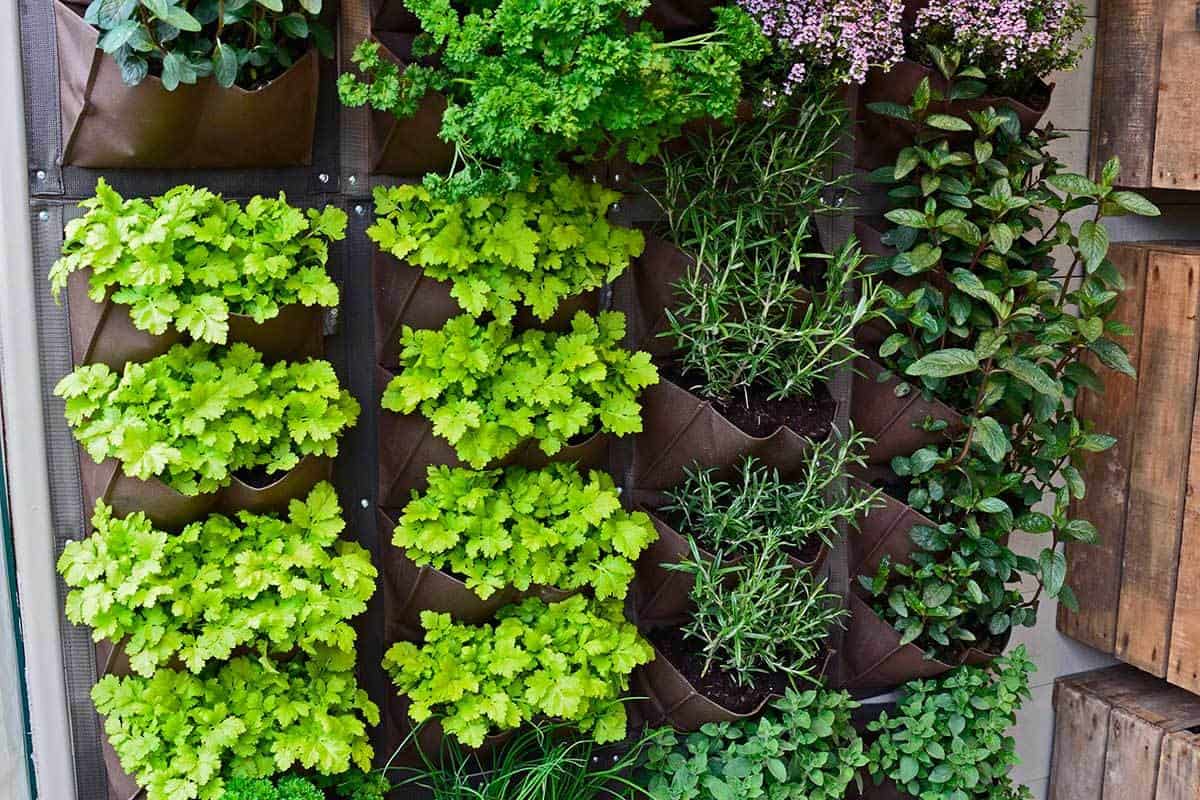
Selecting a Space
Choose a space in your home that has enough room for all the plants you'd like to grow.
Ideally, find an area with good natural light such as windowsills or rooms with large windows.
Make sure the space doesn't have temperature fluctuations or drafts that could harm your herbs.
Choosing Containers
Select containers with drainage holes to prevent waterlogged soil.
Opt for pots made of ceramic, plastic, metal, or wood, depending on your preference and the type of herb you plan to grow.
Check out these rectangular planter boxes for herbs on Amazon.
Be sure to use a separate container for each herb to avoid overcrowding and foster healthier growth.
Soil Requirements and Care
Herbs prefer well-drained soil that is not too rich.
Use a high-quality potting mix containing vermiculite, perlite, and peat moss, which will ensure good drainage and proper aeration.
Check out this premium potting mix ideal for herbs on Amazon.
Avoid using garden soil, as it may contain pests and diseases that could harm your indoor herbs.
Watering and Fertilizing
Maintain a consistent watering schedule, checking soil moisture regularly to prevent overwatering or underwatering.
Herbs such as bay, marjoram, oregano, sage, and thyme should dry out slightly between waterings.
Fertilize your herbs once a month with a liquid organic fertilizer at half the recommended strength.
Harvesting, Storing, and Using Your Herbs
To ensure the best flavor and quality, harvest your herbs when they are at their peak.
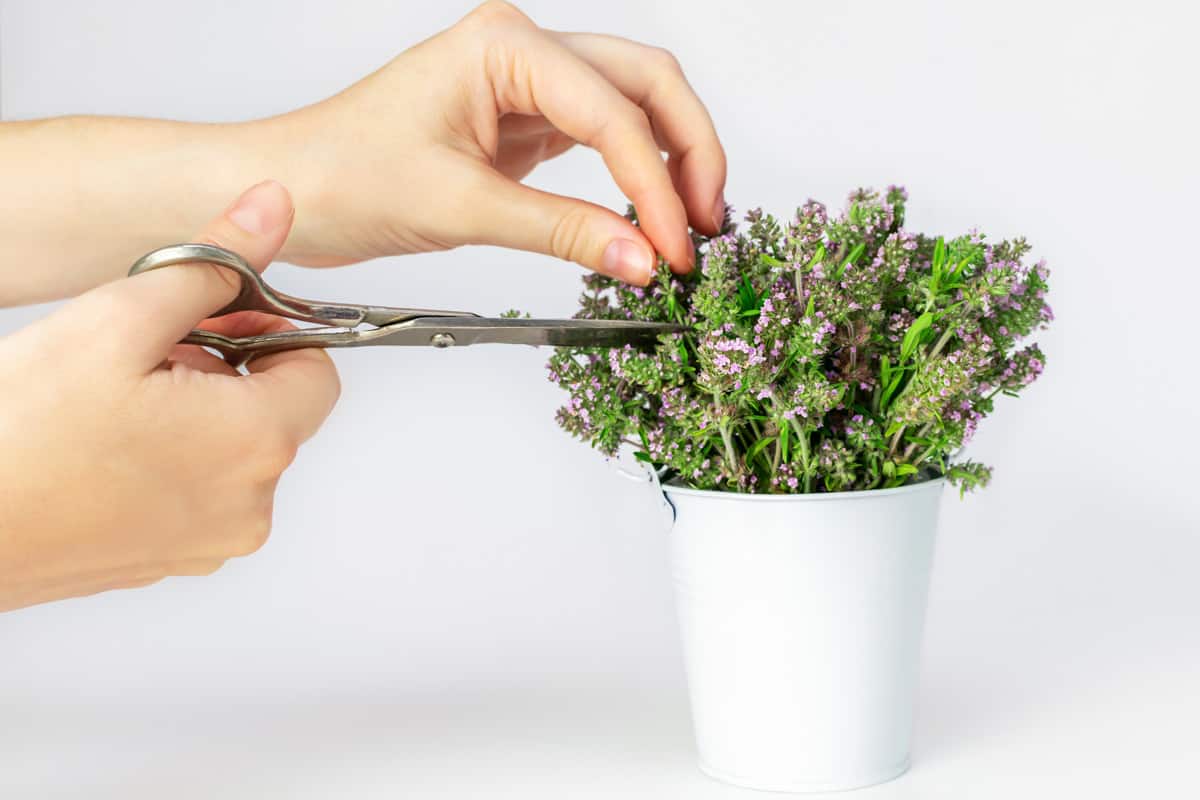
For most herbs, this means picking them in the morning after the dew has dried but before the sun becomes too hot.
Use clean, sharp scissors or pruning shears to cut the stems, being careful not to damage the plant.
Remember to only harvest about one-third of the plant at a time, allowing it to regenerate and continue growing.
Proper Storage Methods
Proper storage is essential for preserving the freshness and flavor of your herbs. Here are a few methods to keep your herbs fresh:
- Air drying: Tie small bundles of herbs and hang them upside down in a cool, dry, and well-ventilated area. It may take a few weeks for the herbs to dry completely.
- Freezing: Place washed and patted dry herbs in a single layer on a baking sheet. Freeze them, then transfer them to airtight containers or freezer bags. They can be stored in the freezer for up to six months.
- Storing in the refrigerator: Wrap fresh herbs in a damp paper towel, place them in a plastic bag, and store them in the refrigerator's crisper drawer. Check the paper towel regularly to ensure it remains damp.
For more details on preserving and storing herbs, check this Penn State Extension guide.
Enjoy Flavorful Dishes All Year Round!
Growing herbs indoors in Zone 2 can be a rewarding experience for you, especially if you love to garden and cook with fresh ingredients.
By following the tips in this guide, you've learned how to maintain a year-round indoor herb garden that will provide you with a variety of flavorful and fragrant herbs, even in the coldest months.
Lastly, keep experimenting with different herb varieties and their uses in your cooking.
Each herb brings something unique to your dishes, so don't be afraid to try new combinations and enjoy the fruits of your labor.
For more winter gardening tips, check out these other articles:


